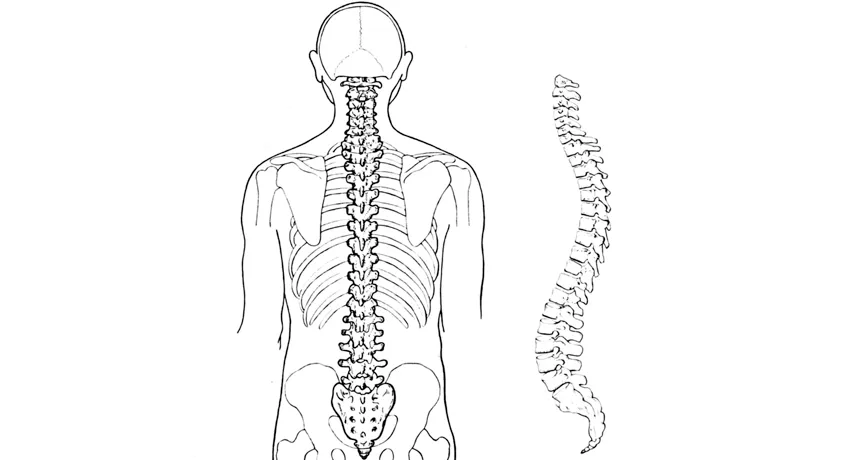Neandertal, modern human DNA deviates even more

Compared with the backbone of Neandertals, the human spine, shown from the back (left) and side (right) may have a bit more curve in it because of differences in specific genes between the species, a new study shows.
Pearson Scott Foresman/Wikimedia Commons






